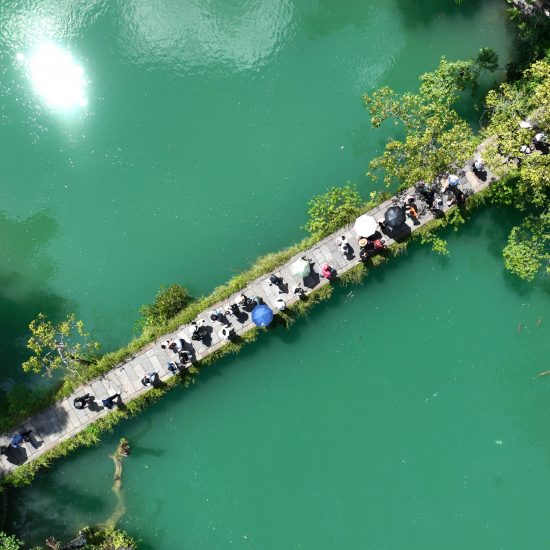High competition and a surge in motor and medical claims will continue to constrain earnings of Islamic insurers in the GCC, particularly in the largest regional market Saudi Arabia, if insurers do not substantially adjust their premium rates< S&P said in a report.
Weak profitability combined with new regulation and higher capital requirements will likely prompt further capital raising and consolidation, notably in Saudi Arabia and the UAE over the next year.
S&P Global Ratings expects improving economic sentiment, ongoing infrastructure spending, new mandatory coverage, and overall higher insurance demand will benefit the Gulf Cooperation Council (GCC)’s Islamic insurers over the next two years.
The higher hydrocarbon prices, with the assumption of an average Brent price of $100 per barrel (/bbl) for the rest of 2022 and $85/bbl in 2023, will lead to accelerated economic growth in the oil-exporting region. This should feed through to the Islamic (Takaful) insurance sector, where we expect gross written premiums/contributions (GWP/C) to expand about 10% in 2022 and 5%-10% in 2023.
However, the picture in individual markets may not be so positive. Last year was profitable overall for the sector but earnings were not evenly distributed. Notably, Qatar’s relatively small Takaful sector remained the region’s most profitable, with insurers reporting a combined (loss and expense) ratio of lower than 80% (a lower combined ratio indicates a higher underwriting profit). Meanwhile, the largest market, Saudi Arabia, saw weak results, with about two-thirds of insurers recording underwriting losses, leading to an overall combined ratio of about 103% compared with 98% in 2020.
Also published on Medium.





